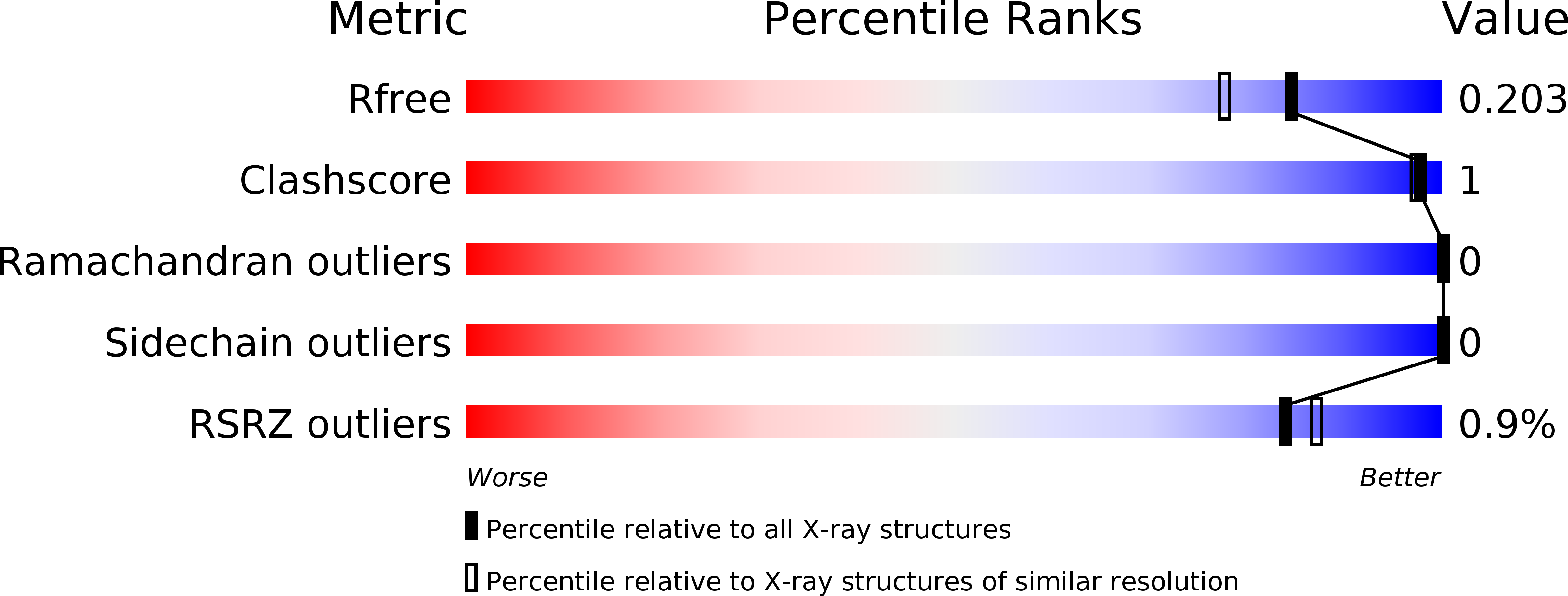
Deposition Date
2017-03-17
Release Date
2017-06-28
Last Version Date
2024-10-23
Entry Detail
PDB ID:
5V6V
Keywords:
Title:
Crystal structure of small molecule aziridine 3 covalently bound to K-Ras G12C
Biological Source:
Source Organism:
Homo sapiens (Taxon ID: 9606)
Host Organism:
Method Details:
Experimental Method:
Resolution:
1.72 Å
R-Value Free:
0.20
R-Value Work:
0.16
R-Value Observed:
0.16
Space Group:
P 1


